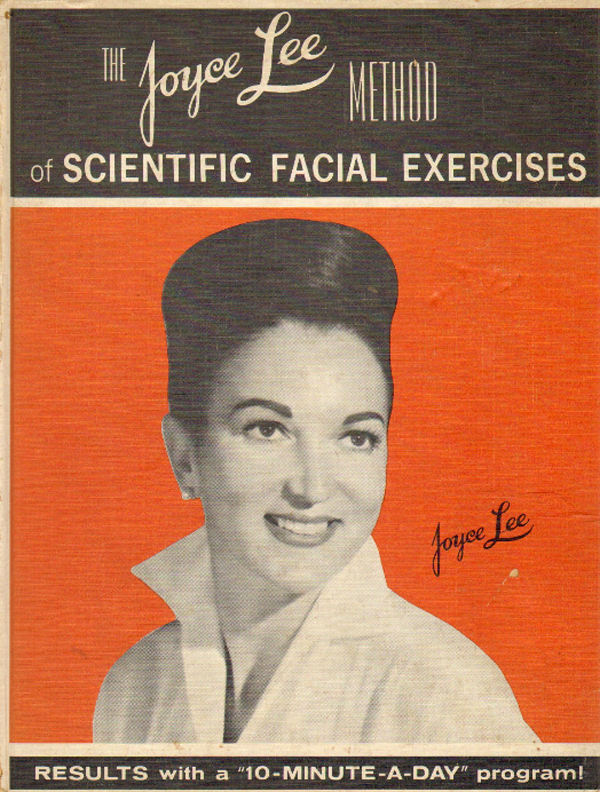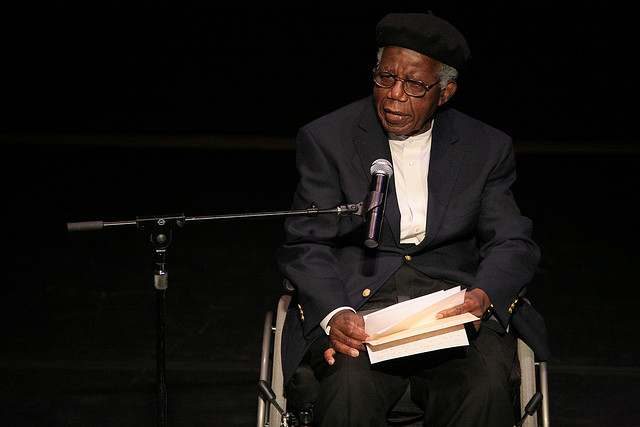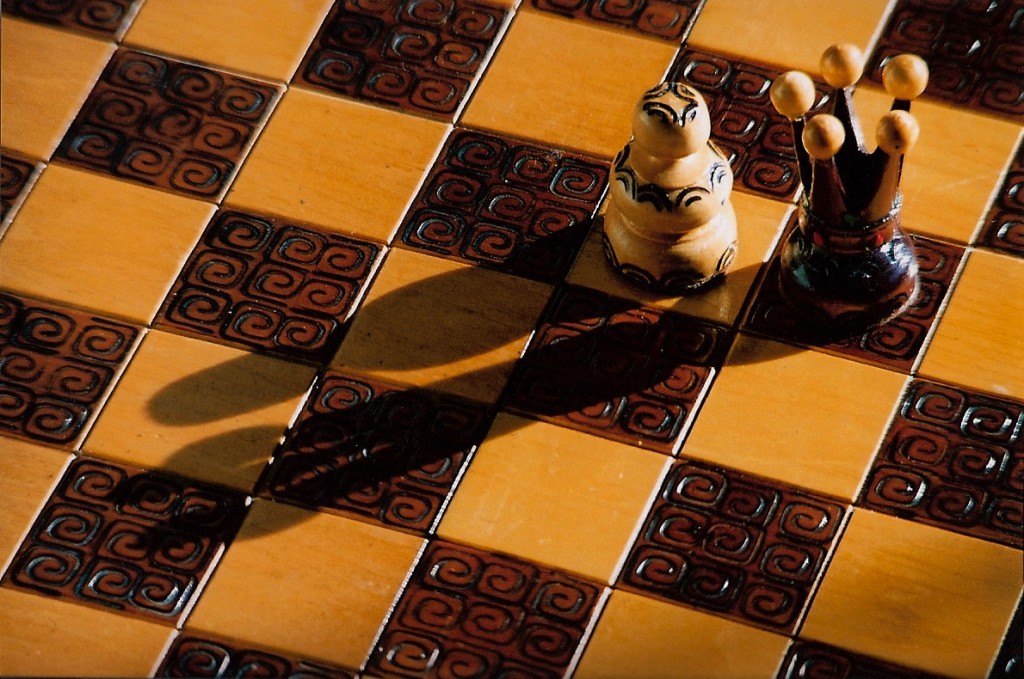From the first steps to the leap forward,erotice stories of pungami women Mashable is commemorating the 50th anniversary of the moon landing with a series that examines its significance -- and why we haven’t been back.
The Soviets launched the first satellite into space. And the first man. Also the first woman. So when NASA astronauts rapidly approached the moon 50 years ago, a lot was riding on a computer with less than 80 kilobytes of memory.
By today's standards, it's a dinosaur. The Apollo Guidance Computer (AGC) weighed 70 pounds. Programs were literally woven into the hardware by hand — it was called "core rope memory."
But it was revolutionary for its time. Back in the 1950s, when the prototype was conceived for a hypothetical mission to Mars, there weren't many tech companies NASA could turn to for help. In fact, it was the other way around.
"It was these kinds of programs that were pushing the technology that created Silicon Valley," said Philip Hattis, currently on the technical staff of the Draper Laboratory, formerly known as the MIT Instrumentation Laboratory.
 Original image has been replaced. Credit: Mashable
Original image has been replaced. Credit: Mashable As a graduate student, he worked with the MIT team that developed the AGC. The challenges were immense. In an age of massive IBM mainframes, they had to design a computer small enough to fit on a cutting-edge spaceship with a limited amount of fuel. Even today, it costs around $10,000 to put a pound of cargo into orbit.
Not only did it have to be light, the AGC needed to consume as little power as possible. It ended up needing around 70 watts — around the same as a lightbulb. And it had to be tough enough to survive the rigors of space travel.
"When you go through launch, it's shaking like crazy, you're pulling lots of Gs," Hattis explained. "So it's got to be rugged."
Building a revolutionary, lightweight, super-tough computer took a lot of time and manpower. As in the equivalent of 2,000 years of engineering labor. That meant that once the custom AGC was finally completed, some of the technology was already out of date.
There were actually two of these computers on the Apollo 11 mission: one on the Command Module that housed the astronauts during most of their journey, and one on the Lunar Module that took Buzz Aldrin and Neil Armstrong down to the moon's surface.
The astronauts controlled the computers through the DSKY (short for “display and keyboard"), which was barely more than a numeric keypad. They had to remember which number corresponded with the "verbs" and "nouns" that made up every command. (Yes, someone made a simulator if you want to try it out. Good luck.)
SEE ALSO: 50 'moon' songs to celebrate 50th anniversary of the Apollo 11 lunar landingTo put its computing power into perspective, the AGC could perform around 40,000 instructions per second, according to American Scientist. That's far less than the 10 billion of a typical laptop.
This is what the astronauts used to navigate to the moon, along with a sextant.
"They could look out and see the positions of stars," Hattis said. "Based on the size of the disc of the moon or Earth, and based on the angle of certain stars relative to the surface, they could get a position fix."
And yes, plenty of people and computers were guiding them from Mission Control. But they needed to make course corrections on the fly. (There were also fears the Soviets and their lunar probe would interfere with communications.)
These days, your laptop, phone, and possibly even lightbulb or toilet have more computing power than the Apollo Guidance Computer. But this machine was efficient and totally ahead of its time. And without it the space program — and consumer technology as we know it — wouldn't have traveled nearly so far.
 NYT mini crossword answers for January 3, 2025
NYT mini crossword answers for January 3, 2025
 The Best Christmas Card Ever by Sadie Stein
The Best Christmas Card Ever by Sadie Stein
 Punning on Saul Bellow
Punning on Saul Bellow
 The Joyce Lee Method of Scientific Facial Exercises by Justin Alvarez
The Joyce Lee Method of Scientific Facial Exercises by Justin Alvarez
 How I met my partner on X/Twitter
How I met my partner on X/Twitter
 Timothy Leo Taranto’s illustrated author pun of F. Scott Fitzgerald
Timothy Leo Taranto’s illustrated author pun of F. Scott Fitzgerald
 Book News for January 13, 2014
Book News for January 13, 2014
 Martin Amis Owes Everything to His “Wicked Stepmother,” and Other News by Dan Piepenbring
Martin Amis Owes Everything to His “Wicked Stepmother,” and Other News by Dan Piepenbring
 Trump praises storm response as historic disaster unfolds in Houston
Trump praises storm response as historic disaster unfolds in Houston
 Drinking with the Factotum by Sadie Stein
Drinking with the Factotum by Sadie Stein
 Best Dyson deal: Save over $100 on Dyson V11 Origin cordless vacuum
Best Dyson deal: Save over $100 on Dyson V11 Origin cordless vacuum
 Timothy Leo Taranto’s illustrated author pun of F. Scott Fitzgerald
Timothy Leo Taranto’s illustrated author pun of F. Scott Fitzgerald
 Hear Chinua Achebe Discuss Martin Luther King, Jr.
Hear Chinua Achebe Discuss Martin Luther King, Jr.
 This Author Hates His Book’s Cover by Sadie Stein
This Author Hates His Book’s Cover by Sadie Stein
 How to quit social media: This Gen Z
How to quit social media: This Gen Z
 The Carolers by Titi Nguyen
The Carolers by Titi Nguyen
 Playing DFW, and Other News by Sadie Stein
Playing DFW, and Other News by Sadie Stein
 The Sicilian Defense by Max Ross
The Sicilian Defense by Max Ross
 Even Trump's Earth Day message was anti
Even Trump's Earth Day message was anti
 Happy Birthday, Isaac Asimov (Maybe), and Other News by Sadie Stein
Happy Birthday, Isaac Asimov (Maybe), and Other News by Sadie Stein
Snapchat's dino filter gives this birthday video a very lewd twistThe Onion brought Elon Musk and Malala Yousafzai together on TwitterHow Stu MacherFacebook gives one woman the notification we've all been waiting forNASA spots a big dust storm on the Martian surfaceReddit user texts brother midFather of child in thrilling Paris rescue now faces neglect chargesTesla now charges $12,000 for 'Full SelfThis person's attempt to lie about their love of cars went very wrong, very fastHBO Max's 'Somebody Somewhere' review: an uplifting examination of adult friendshipTwitter prankster tries to solve #WhereInTheWorldIsMelaniaGoodest girl ever gets her own entry in school's yearbookSimone Giertz, creator of 'Shitty Robots,' undergoes surgery to remove brain tumorReese Witherspoon is going to read a CBeebies bedtime storyKim Kardashian and Donald Trump talked about prison reform, because 2018 is off the railsNASA satellite captures a dazzling, important crater on MarsApple appears to have fixed the Safari bug that exposes your Google account detailsMan's attempt to take panorama of dog goes horribly, horribly wrongWho needs to labels when we have 'I am straight/gay/bi' memes?Facebook gives one woman the notification we've all been waiting for Japan's latest coffee craze will make you forget all about the Unicorn Frappucino Australia wants to defy math and break into encrypted messaging apps This girl knows that when 'Despacito' comes on, no matter where you are, you must dance 'Star Wars: Jedi Challenges' lets you train your light saber skills in augmented reality Kesha is the voice of her own comeback Tickets are now available for the 2017 Social Good Summit! MashReads: 'The Idiot' is one of the best books you'll read all year Disney's live Flight attendant caught pouring champagne back into the bottle may not be what you think The Avengers will join the Guardians of the Galaxy at Disney California Adventure for... something Here's how to take photos even when your phone is out of storage All the Disney princesses are coming back for the 'Wreck YESSS: Taraji P. Henson joins 'Wreck Apple is adding 3D lasers to the iPhone so we can all be AR zombies We're frankly baffled that luxury smartphone maker Vertu is done for Marvel unleashes 'Infinity War' teaser trailer on D23 Expo, destroys everyone The first 'Mary Poppins Returns' teaser is downright supercalifragilisticexpialidocious Neill Blomkamp uses YouTube, Twitter, Steam to fuel new sci Ryan Coogler tells the emotional story of the day he was hired to direct 'Black Panther' Visa is bribing small businesses to stop accepting cash
3.2571s , 10196.0546875 kb
Copyright © 2025 Powered by 【erotice stories of pungami women】,Exquisite Information Network